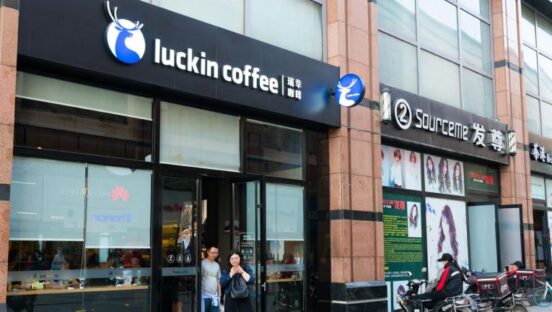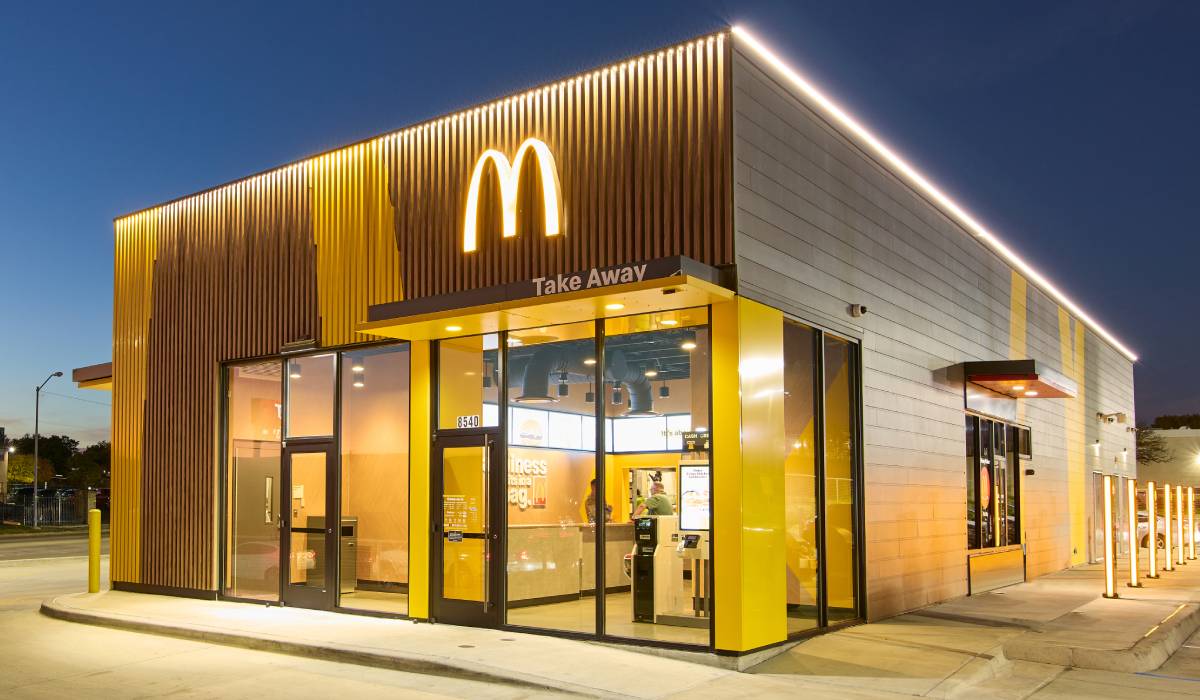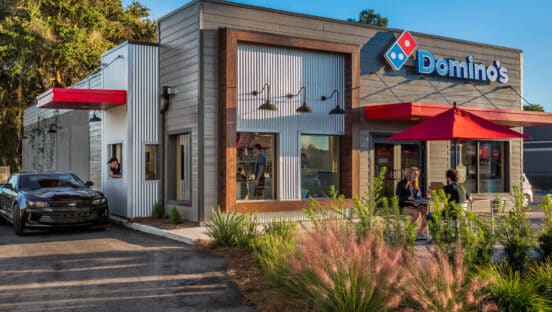Luckin Coffee—the China-based beverage company only a couple of years removed from a major fraud scandal and bankruptcy—is now one of the largest coffee chains in restaurant history in terms of store count. The brand isn’t even 6 years old yet.
As of June 30, the chain had 10,836 shops (7,181 company-owned and 3,648 operator-led), making it the first coffee brand to surpass 10,000 units in China. In the second quarter alone, it opened 1,485 net new stores. For perspective, Starbucks had 6,480 shops in China at the start of July with a long-term plan to have 9,000 by 2025.
Worldwide, Starbucks has more than 37,000 stores around the world. Second is Dunkin’ with over 13,000 units. Luckin sits at third, but at its pace, the brand will likely surpass Dunkin’ for the second spot sometime toward the end of 2023 or in the early months of 2024. Nearly all of Luckin’s stores are in China, except for seven units in Singapore.
“As the largest coffee chain brand in China, we have established our competitive advantages in branding, scale, supply chain, and efficiency, which gives us comprehensive cost advantages to ensure our leading position in the market,” CEO Jinyi Guo said during the brand’s Q2 earnings call. “Focusing on customer value is our ongoing pursuit, and we will transform our cost advantages into long-term returns to customers, which not only provides customers with real discount but also further expand our market share and brand influence while continuously accelerating the development of the coffee market in China.”
Luckin earned roughly $855 million in the second quarter, representing an 88 percent increase year-over-year. Also, corporate same-store sales lifted 20.8 percent on top of 41.2 percent growth in the year-ago period, and store-level operating profit for company stores was 29.1 percent versus 28.4 percent last year. Operating income margin was 18.9 percent, better than the previous year’s 7.3 percent. Another eye-opening statistic: Luckin averaged 43 million customers per month in the second quarter, up from roughly 29.5 million in the first quarter.
The coffee chain attracts customers with wide swaths of menu innovation. In the second quarter, Luckin rolled out 24 beverages, such as Iced Minty Coconut Latte, Waxberry, Espresso, Iced Americano series, and Chinese tea coffee products.
“As we continue to innovate and expand our product offerings, we have witnessed heightened customer interest and engagement, driving higher sales volumes,” said CFO An Jing. “Additionally, our store expansion efforts and the increasing number of monthly transacting customers have also played a significant part in our net revenue growth.”
The scandal surrounding Luckin started in January 2020 when Muddy Waters, a short seller, obtained a report accusing the company of multiple fraudulent activities, such as exaggerating its revenue and profit figures. Following an in-depth internal review, it was revealed that the COO had falsified financial data amounting to hundreds of millions over several quarters. This revelation led to a staggering $5 billion drop in Luckin’s market capitalization, which was about 75 percent of its overall value. Subsequently, Luckin was removed from Nasdaq and several top executives, including the COO, CEO, and chairman, were let go.
The SEC imposed a penalty of $180 million on the coffee company, which subsequently filed for bankruptcy at the beginning of 2021. According to The Wall Street Journal, by March, Luckin had come out of bankruptcy and is currently under the management of the Chinese private equity company, Centurium Capital. This firm pumped in $240 million of capital in the spring of 2021.









